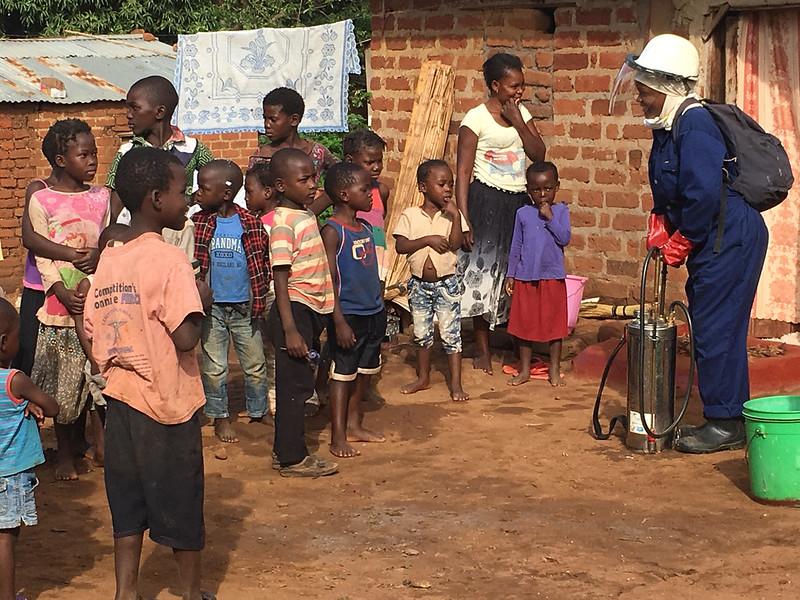In Kenya, 37 million Kenyans remain at high-risk of malaria infection. Since 2015, malaria incidence has declined by 13% while mortality has declined by 7%, short of our 40% for both indicators’ target by the end of 2020.

In 2019, health facilities in Kenya reported more than 4.6 million cases of malaria. On average, a new case of malaria was confirmed every 7 seconds or on average nearly 13 thousand cases per day. The result, worker productivity is reduced by an estimated 12 million days per year and educational attainment suffers.
Kenya continues to make progress in malaria control through multifaceted approaches, primarily prevention and treatment interventions. These interventions include distribution of long-lasting insecticidal nets (LLINs), intermittent preventive treatment in pregnancy (IPTp), and diagnosis and management of malaria cases. Over the years, the country has organized its fight against malaria based on key documents for guidance.
Despite making great strides in malaria control over the years, malaria remains a public health and socioeconomic problem in Kenya. Besides being the leading cause of morbidity and mortality in the country, the disease is listed among the top 10 causes of outpatient visits countrywide. However, the burden of malaria in Kenya is not uniform as it is highest in the eight (8) counties around Lake Victoria, a region that accounts for 70% of the 6.5 million malaria cases nationally. The greatest burden is in Busia and Siaya where incidence is more than 6-times higher than the national average. Many factors account for this but perhaps none so much more than the presence of extensive number of breeding sites near homesteads.
While children and pregnant women are the most vulnerable, the malaria burden impacts various sectors including agriculture, education, commerce and other social-economic activities. Therefore, elimination of malaria by 2030 has been prioritized in the Kenya Health Sector Strategic and Investment Plan.
The Kenya Malaria Strategy outlines measures to progressively reduce the malaria burden while safeguarding the gains made to date. While the vision of the Kenya National Malaria Program (NMP) is a malaria-free Kenya, achieving this vision is only possible if every citizen takes individual responsibility to upscale malaria prevention interventions.




